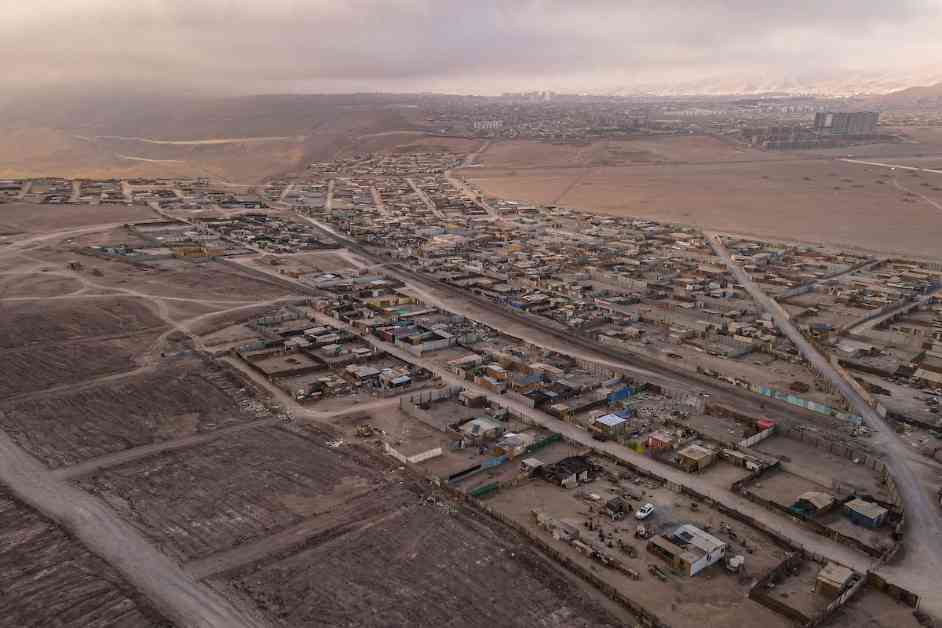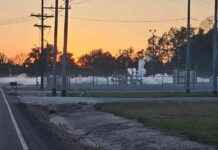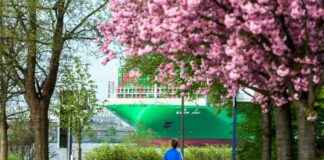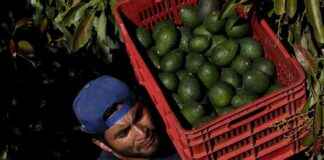A New Dawn for Water Scarcity: The Promise of Fog Collection in Arid Cities
In a world that grapples with water scarcity, researchers have uncovered a potential lifeline in the form of harvested fog. Imagine a city nestled in the heart of the Atacama Desert, one of the driest regions on Earth, where water is a precious commodity. This is the reality faced by Alto Hospicio, Chile, a community threatened by severe water scarcity. With less than 0.19 inches of rain annually and underground aquifers that have remained stagnant for millennia, residents are in dire need of sustainable solutions to meet their water demands.
The recent study published in Frontiers in Environmental Science sheds light on the transformative power of fog collection technology in addressing water shortages in urban environments. While fog harvesting has traditionally been associated with rural areas, the research conducted in Alto Hospicio reveals its potential to serve as a supplementary water source for cities facing escalating water crises. This paradigm shift marks a significant evolution in the perception of fog water use, from a localized solution to a viable urban resource that could alleviate the impacts of climate change-induced water scarcity.
Unveiling the Science Behind Fog Collection
To unlock the promise of fog harvesting, researchers utilized Standard Fog Collectors (SFC), a mesh device suspended between two posts with a protective coating to capture fog droplets. Over the course of a year, from October 2023 to October 2024, the team meticulously measured the amount of water harvested from fog, demonstrating the technology’s efficacy in extracting moisture from the air. By analyzing data collected from 100 square kilometers in Alto Hospicio, researchers found that they could yield up to 10 liters of water per square meter daily during peak fog conditions, offering a glimmer of hope in a parched landscape.
During the early morning hours, when fog envelops the city between midnight and 9 a.m., the SFCs proved to be particularly efficient, collecting approximately 140 milliliters of water per square meter every 10 minutes. These findings underscore the untapped potential of fog water as a valuable resource for water-scarce urban areas, challenging conventional notions of water supply and resilience in the face of climate change.
From Fog to Fields: A Sustainable Water Solution
Beyond quenching the thirst of households, the harvested fog water holds promise for agricultural applications, including irrigating farms and hydroponic gardens. With minimal treatment required, this water source could yield up to 20 kilograms of hydroponically grown vegetables per day in Alto Hospicio, offering a sustainable solution to food production in arid regions. While the quality of fog water is contingent on air purity, rigorous testing and infrastructure investments could pave the way for its integration into national water strategies, enhancing urban resilience and access to clean water.
As co-author Virginia Carter Gamberini aptly puts it, “This research represents a notable shift in the perception of fog water use — from a rural, rather small-scale solution to a practical water resource for cities.” By harnessing the power of fog, communities like Alto Hospicio can chart a new course towards water security, leveraging nature’s bounty to overcome the challenges of water scarcity.
In conclusion, the study’s findings serve as a testament to human ingenuity and environmental stewardship, showcasing the transformative potential of fog harvesting technology in addressing water scarcity. As we navigate an increasingly water-stressed world, it is imperative that we embrace innovative solutions such as fog collection to secure a sustainable future for generations to come. Let us heed the call of the fog and harness its life-giving essence to nourish our communities and safeguard our planet.














